
Blakeney is a coastal village and civil parish in the English county of Norfolk. Blakeney lies within the Norfolk Coast AONB and the North Norfolk Heritage Coast. The North Norfolk Coastal Path travels along its quayside. The village is 21.1 mi (34 km) north west of Norwich, 4.6 mi (7.4 km) NNW of the larger settlement of Holt, 11.5 mi (18.5 km) west of Cromer and 112 mi (180 km) NNE of London.
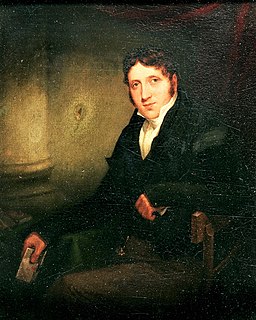
John Sell Cotman was an English marine and landscape painter, etcher, illustrator, author and a leading member of the Norwich School of painters.
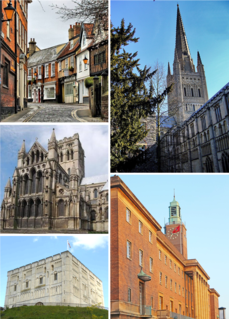
Norwich is a city and district of Norfolk, England, of which it is the county town. Norwich is by the River Wensum, about 100 miles (160 km) north-east of London, 40 miles (64 km) north of Ipswich and 65 miles (105 km) east of Peterborough. As the seat of the See of Norwich, with one of the country's largest medieval cathedrals, it is the largest city in East Anglia.
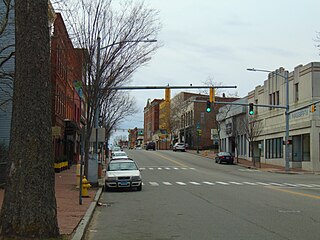
Willimantic is a city located in the town of Windham in Windham County, Connecticut, United States. It is a former Census-designated place and borough, and is currently organized as one of two tax districts within the Town of Windham. Known as "Thread City" for the American Thread Company's mills along the Willimantic River, it was a center of the textile industry in the 19th century. Originally incorporated as a city in 1893, it entered a period of decline after the Second World War, culminating in the mill's closure and the city's reabsorption into the town of Windham in the 1980s. Heroin use, present since the 1960s, became a major public health problem in the early 2000s, declining somewhat by the 2010s. Though the city was a major rail hub, an Interstate Highway has never passed within ten miles, despite early plans to connect it.

The River Wensum is a chalk river in Norfolk, England and a tributary of the River Yare, despite being the larger of the two rivers. The river is a biological Site of Special Scientific Interest and Special Area of Conservation.
The Norwich School of painters was the first provincial art movement established in Britain, active in the early 19th century. Artists of the school were inspired by the natural environment of the Norfolk landscape and owed some influence to the work of landscape painters of the Dutch Golden Age such as Hobbema and Ruisdael.

Norwich Castle is a medieval royal fortification in the city of Norwich, in the English county of Norfolk. William the Conqueror (1066–1087) ordered its construction in the aftermath of the Norman conquest of England. The castle was used as a gaol from 1220 to 1887. In 1894 the Norwich Museum moved to Norwich Castle. The museum and art gallery holds significant objects from the region, especially works of art, archaeological finds and natural history specimens.

The Ranworth Antiphoner is a 15th-century illuminated antiphoner of the Sarum Rite. It was commissioned for the Church of St Helen in Ranworth in Norfolk, where it is now on display. The volume comprises 285 vellum pages of writing and illustrations, with daily services in medieval Latin and 19 miniatures.
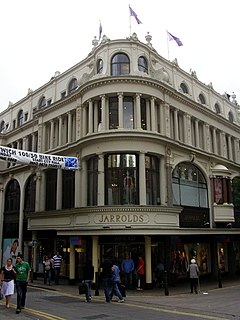
The Jarrold Group is a Norwich–based company, founded as Jarrold & Sons Ltd, in 1770, by John Jarrold, at Woodbridge, Suffolk, before relocating to Norfolk in 1823. The Jarrold Group still involves members of the Jarrold family.

The Hat Works is a museum in Stockport, Greater Manchester, England, which opened in 2000. Before that, smaller displays of hatting equipment were exhibited in Stockport Museum and in the former Battersby hat factory.

St Andrew's Hall and Blackfriars' Hall or The Halls are a Grade I listed complex of former friary church and convent buildings in the English city of Norwich, Norfolk, dating back to the 14th century. They make up the most complete friary surviving in England. The complex is made up of several flint buildings. The centrepiece is St Andrew's Hall. The halls are now used for conferences, weddings, concerts, beer festivals and meetings. The maximum capacity is 1,200 people. It is one of the Norwich 12 heritage sites.
The Museum of Technology and Textile Industry - a branch of the Museum in Bielsko-Biała, Poland - was founded on January 1, 1979 with the aim of evidencing the traditions of the local wool industry centre by means of collecting machines, devices and documents related to this field of production. Apart from this the Museum also exhibits items connected with firefighting, printing and metal machine industry. The Museum occupies some parts of the Büttners’ former cloth factory, which used to be one of the biggest textile factories in Bielsko.

Norwich 12 was an initiative by Norwich Heritage Economic and Regeneration Trust (HEART) to develop 12 of Norwich's most iconic buildings into an integrated family of heritage attractions to act as an international showcase of English urban and cultural development over the last 1,000 years.

Mile Cross Estate is a council estate in Norwich, England. The population of the Mile Cross Ward in Norwich at the 2011 census was 10,655.
The following is a timeline of the history of the city of Norwich, Norfolk, England.

The Campolmi Factory, the Prato Textile museum and Lazzerini Library is a textile museum and library in Prato in Tuscany, Italy. The museum is an Anchor point on the European Route of Industrial Heritage.

Henry Ninham was an English landscape artist, engraver and heraldic painter. He and his father John Ninham belonged to the Norwich School of painters, a group of artists who all worked or lived in Norwich during all or part of their working lives from around 1800 to 1880. Along with the Norwich School artists John Thirtle and David Hodgson, he was the foremost recorder of Norwich's architectural heritage prior to the invention of photography.
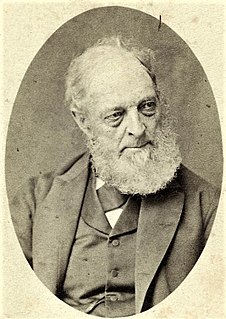
Obadiah Short was an amateur British painter of landscapes. He is associated with the Norwich School of painters, which was the first provincial art movement in Britain. He wrote a detailed account of his childhood memories and produced accurate paintings of Norwich scenes, both of which have provided historians with a record of the city he lived in all his life.

Alfred Priest was an English painter of landscapes and marine artist, and a member of the Norwich School of painters. Born in Norwich, he was educated to follow his father in becoming a pharmacist, but he left home to work at sea, before briefly working as an apprentice surgeon.
















